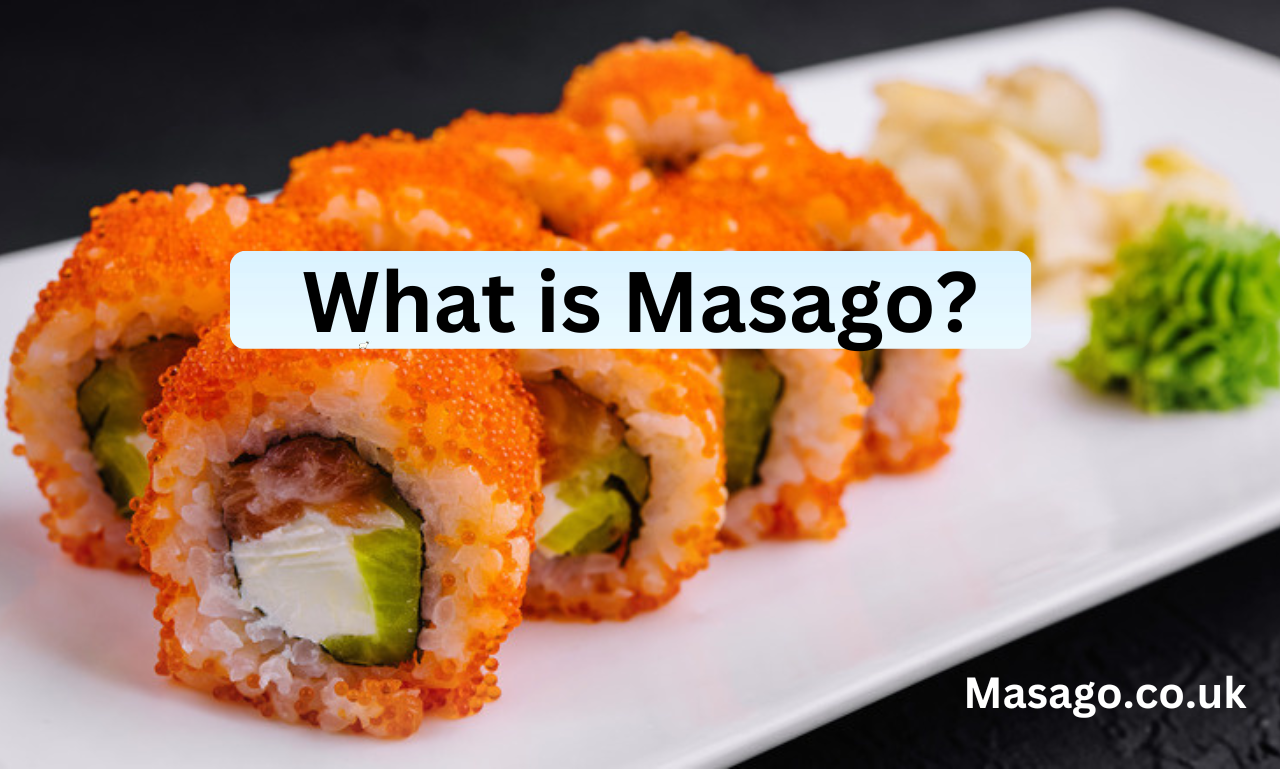What is Lebni? A Guide to This Creamy Middle Eastern Yogurt. Lebni, also known as labneh or kefir cheese, is a rich, creamy yogurt originating from the Middle East. It’s made by straining yogurt to remove excess water, resulting in a thicker, tangy product that can be used as a spread, dip, or ingredient in various dishes. Though it has long been a staple in Mediterranean and Middle Eastern cuisine, Lebni is now gaining popularity worldwide for its versatility and health benefits.
How Lebni is Made
The process of making Lebni is simple but time-consuming. It starts with regular yogurt, which is strained over several hours (or even days) to remove the liquid whey. This gives Lebni its thick, almost cheese-like texture. Whole milk is traditionally used, but you can also make Lebni with low-fat milk for a lighter version.
Key Ingredients:
- Whole milk or full-fat yogurt
- Yogurt cultures or kefir
- A pinch of salt (optional for flavor)
Lebni vs. Greek Yogurt:
While both are strained yogurts, Lebni is typically thicker and tangier than Greek yogurt, making it perfect for spreading and dipping.
Health Benefits of Lebni
Lebni is not only delicious but also packed with health benefits:
- High in Protein: Like most yogurt products, Lebni is rich in protein, helping to keep you fuller for longer and support muscle health.
- Probiotic-Rich: Lebni contains beneficial bacteria that promote gut health and aid digestion.
- Loaded with Nutrients: It’s a good source of calcium, vitamin B12, and other essential nutrients that support bone health and overall well-being.
Thanks to its nutrient-dense profile, Lebni is an excellent addition to a balanced diet.
Culinary Uses of Lebni
Lebni’s thick, creamy texture and tangy flavor make it incredibly versatile in the kitchen. Here are some common ways to use it:
- As a Dip: One of the most popular ways to enjoy Lebni is as a dip for vegetables, pita bread, or crackers. You can enhance it with olive oil, fresh herbs, or spices like za’atar.
- As a Spread: Use Lebni as a spread on toast, sandwiches, or wraps. It adds a delightful creaminess and tang that pairs well with savory toppings like roasted vegetables, grilled meats, or smoked salmon.
- As a Base for Sauces: Lebni can serve as a base for salad dressings, sauces, or even marinades. Combine it with garlic, lemon juice, and olive oil for a quick, flavorful sauce.
- Recipes Featuring Lebni:
- Herbed Lebni Dip: Mix Lebni with fresh herbs, garlic, and olive oil for a refreshing dip.
- Marinated Lebni: Form Lebni into balls and marinate in olive oil with spices like oregano or thyme.
Different Types and Variations of Lebni
Lebni can come in various forms, depending on how it’s prepared and flavored:
- Plain vs. Flavored Lebni: While plain Lebni is the most common, flavored versions are becoming popular. You can find Lebni infused with garlic, herbs, or spices for an extra kick of flavor.
- Lebni with Olive Oil and Za’atar: A classic Middle Eastern serving method involves drizzling Lebni with olive oil and sprinkling za’atar (a spice blend) over the top. It’s perfect for dipping bread or vegetables.
- Homemade vs. Store-Bought Lebni: Homemade Lebni gives you full control over the texture and flavor, while store-bought versions offer convenience and a consistent product.
How Lebni Fits Into Modern Diet Trends
Lebni’s nutritional profile makes it a great fit for many modern diets:
- Mediterranean and Middle Eastern Diets: Lebni is a staple in these diets, known for its emphasis on whole foods, healthy fats, and plant-based meals.
- Low-Carb and Keto Diets: With its high protein and fat content, Lebni is a good option for those following low-carb or keto diets. It can be used as a dip, spread, or even a snack on its own.
- Gluten-Free: Naturally gluten-free, Lebni is suitable for those with gluten sensitivities or celiac disease.
- Vegan and Dairy-Free Alternatives: For those who can’t consume dairy, there are plant-based versions of Lebni made from ingredients like cashews or almonds, providing a similar texture and flavor.
Where to Buy or Make Lebni
If you’re looking to try Lebni, there are several options for purchasing or making it:
- Popular Brands: Some well-known brands like Karoun, Almarai, and Cedar’s offer pre-packaged Lebni, available at many grocery stores and specialty food markets.
- Where to Find It: Look for Lebni in the dairy section of your local supermarket, usually near the yogurt and cheese products. You can also find it in Middle Eastern grocery stores or online.
- Making Your Lebni: It’s surprisingly easy to make Lebni at home. Start with a good-quality plain yogurt, strain it through cheesecloth for 24-48 hours, and season with salt to taste.
Frequently Asked Questions About Lebni
- How long does Lebni last in the fridge?
- Homemade Lebni can last up to 1 week in the fridge when stored in an airtight container. Store-bought versions usually have a longer shelf life, depending on the brand.
- Can Lebni be used as a yogurt substitute in recipes?
- Yes! Lebni can be used in place of regular yogurt or sour cream in most recipes, especially when you want a thicker texture or tangier flavor.
- How does Lebni differ from labneh?
- Lebni and labneh are often used interchangeably, though technically labneh is the more common term for strained yogurt in the Middle East. Both refer to the same creamy, thick yogurt product.
Conclusion
Lebni is a delicious, nutrient-packed yogurt that’s as versatile as it is tasty. Whether you use it as a dip, spread, or ingredient in your favorite dishes, its rich texture and tangy flavor make it a must-try. With easy ways to incorporate it into a variety of diets, Lebni is more than just a Middle Eastern staple—it’s a healthy, modern kitchen essential.




